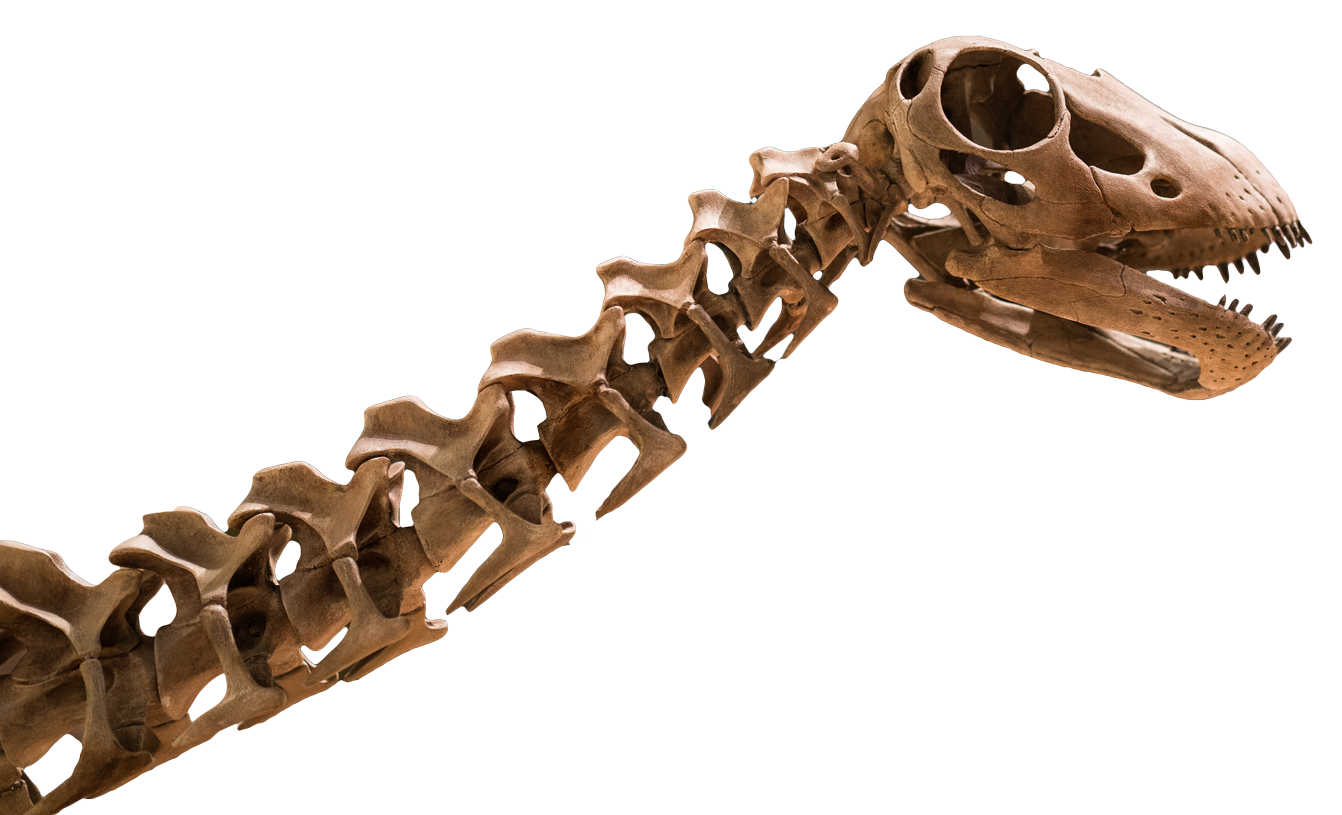
| Identification: Florissantia speirii (Lesquereux) Manchester 1992, although fossils of this flower were formerly placed in the genera Porana and Holmskioldia. |
| Common Name: Angiosperm (Flowering Plant) |
| Kingdom: Plantae (Green Plants) |
| Phylum: Tracheophyta (Vascular Plants) |
| Class: Magnoliopsida |
| Order: Malvales |
| Family: Malvaceae |
| Location: Teller County, Colorado, United States |
| Rock Unit/Stratigraphy: Florissant Formation (Florissant Lake Beds) |
| Geologic Time Frame: Eocene Epoch of the Neogene Period |
| Estimated age: Approximately 34 million years before present |
| Significance: Flowers are both delicate and short-lived and therefore are often not preserved as fossils. The fine muds of the Florissant Formation provide a rare glimpse of what flowers used to look like. |
| Other notable facts: Florissantia was named in honor of the both the beds in which it was found and the town where those beds were exposed—Florissant, Colorado. |


